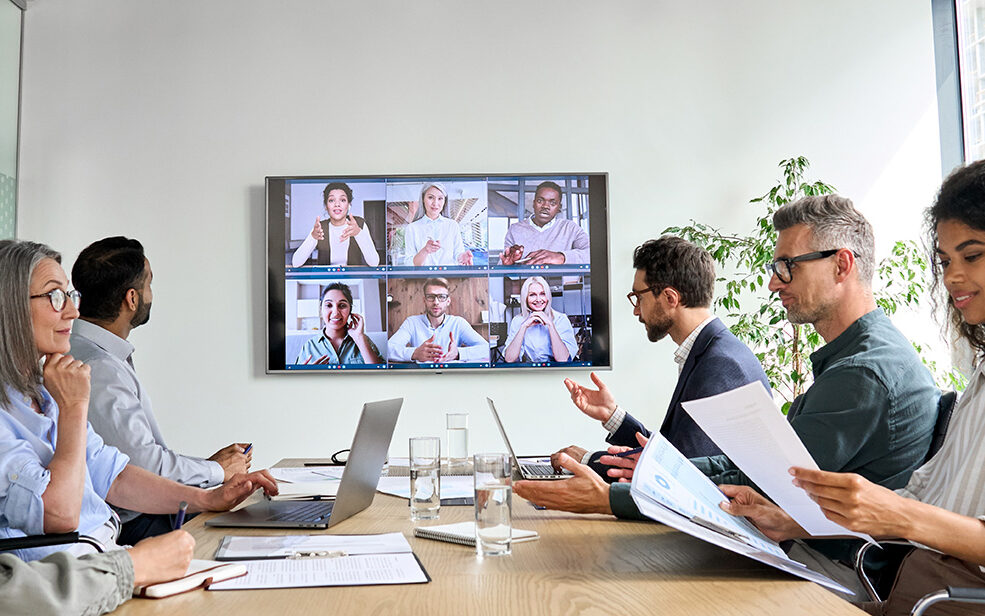In a world where businesses aim to expand their global reach, marketing materials translation is crucial. Each region has unique cultural nuances and language preferences, making it essential for businesses to adapt their messaging accordingly. Services like Sure Translation help ensure your marketing materials communicate effectively across different languages and cultures, maintaining your brand’s integrity and appeal.
- Effective translation is not only about converting text but also about resonating with the intended audience. It requires a strategic approach that considers the subtleties of language and cultural context. This article provides five essential tips to ensure your translated marketing materials achieve their intended impact.
Key Takeaways:
- Know your target audience to tailor your language and messaging effectively.
- Ensure brand coherence in many languages and cultural contexts.
- Adapt your content to align with local customs and cultural nuances.
Marketing Translation Guide

| Aspect | Key Points | Best Practices |
| 1. Beyond Words | – Not just word-for-word translation – Consider cultural differences – Adapt tone and style | – Study target culture – Understand local preferences – Adapt content accordingly |
| 2. Sentence Structure | – Keep sentences short – Make them simple – Easy to understand | – Avoid complicated words – Use concise phrases – Focus on clarity |
| 3. Idiomatic Expressions | – Be cautious with local phrases – Avoid direct translations – Consider cultural context | – Test with target audience – Find appropriate alternatives – Ensure meaning isn’t lost |
| 4. Message Consistency | – Maintain cohesive brand image – Define key messages upfront – Create style guides | – Appoint review team – Use consistent terminology – Regular content review |
| 5. Visual Elements | – Match visuals with translations – Consider cultural relevance – Maintain appropriate tone | – Check cultural sensitivity – Ensure visual clarity – Align with message |
| 6. Calls to Action (CTA) | – Be clear and concise<br>- Use strong, active verbs– Test effectiveness | – Make CTAs culturally appropriate – Easy to understand – Regular testing with target audience |
Understand Your Target Audience
The first step in effectively translating any marketing material is deeply understanding your target audience. Recognizing differences in consumer behavior, language preferences, and regional trends is essential. By doing so, you can tailor your content to meet the expectations and needs of local markets.
Preserve Brand Consistency
While localization is crucial, maintaining your brand’s core identity is equally important. This includes preserving your brand’s tone, style, and core messaging across different languages. Consistent branding helps establish trust and familiarity among global audiences. Important components of your brand must stay identifiable so that consumers will always perceive it in the same way, regardless of where they see it.
Adapt Content to Cultural Nuances

- Adapting your marketing materials to align with cultural nuances is key to successful international marketing.
- This means understanding customs, traditions, and values that may affect how your content is perceived.
- For instance, certain colors or symbols may have different connotations in different cultures.
Utilize Professional Translation Services
Leveraging the expertise of professional translation services is crucial for accurate and high-quality translations. A professional translator can ensure the materials are culturally appropriate and linguistically precise. This level of accuracy is vital in avoiding costly miscommunications and ensuring the effectiveness of your marketing campaigns. Translation services provide comprehensive translation solutions that consider language skills and cultural knowledge.
Test and Review Your Materials
- Before launching your translated marketing materials, it’s essential to test them with native speakers within the target market.
- This review process can help identify any areas needing adjustment, ensuring the message is clear and compelling.
- Gathering feedback from native speakers or focus groups can provide insights into how your materials are received and perceived, allowing for refinements that enhance communication effectiveness.
Common Questions About Marketing Translation
Q1: How do I choose a good translator for my marketing?
For big projects in many languages:
- Use a translation company their past work at their experience
See how their team works
For just one language:
- You can hire one professional translator
This usually costs less
Q2: What makes a translation good or bad?
A good translation:
- Keeps the main message clear
- Makes sense in the new language
- Shows understanding of both languages
A bad translation:
- Just changes words one by one
- Might be confusing
- Loses the original meaning
Q3: Why do businesses need translation?
Translation helps businesses:
- Sell to new countries
- Talk to customers worldwide
- Understand what different customers want
- Make better products for different markets

